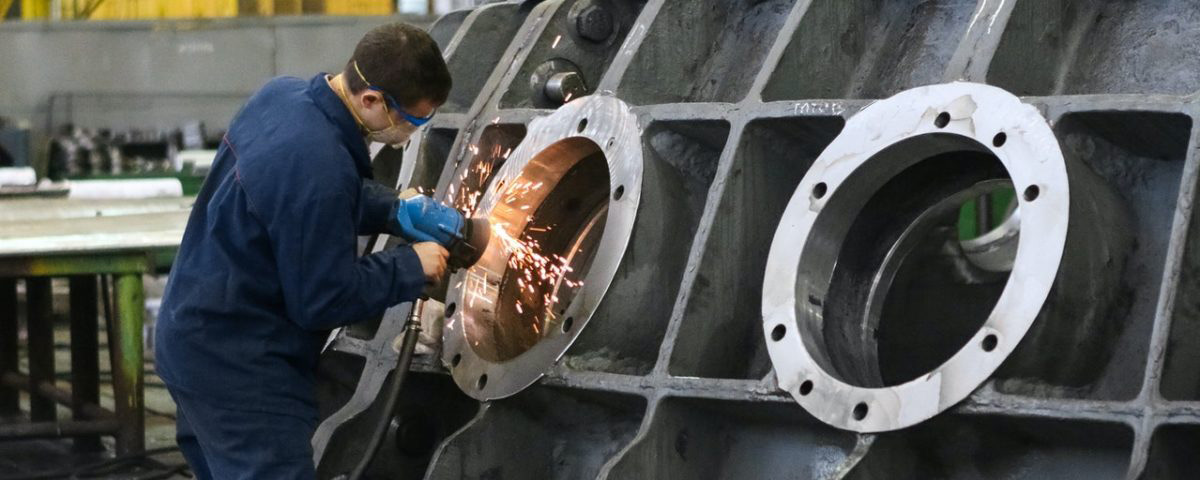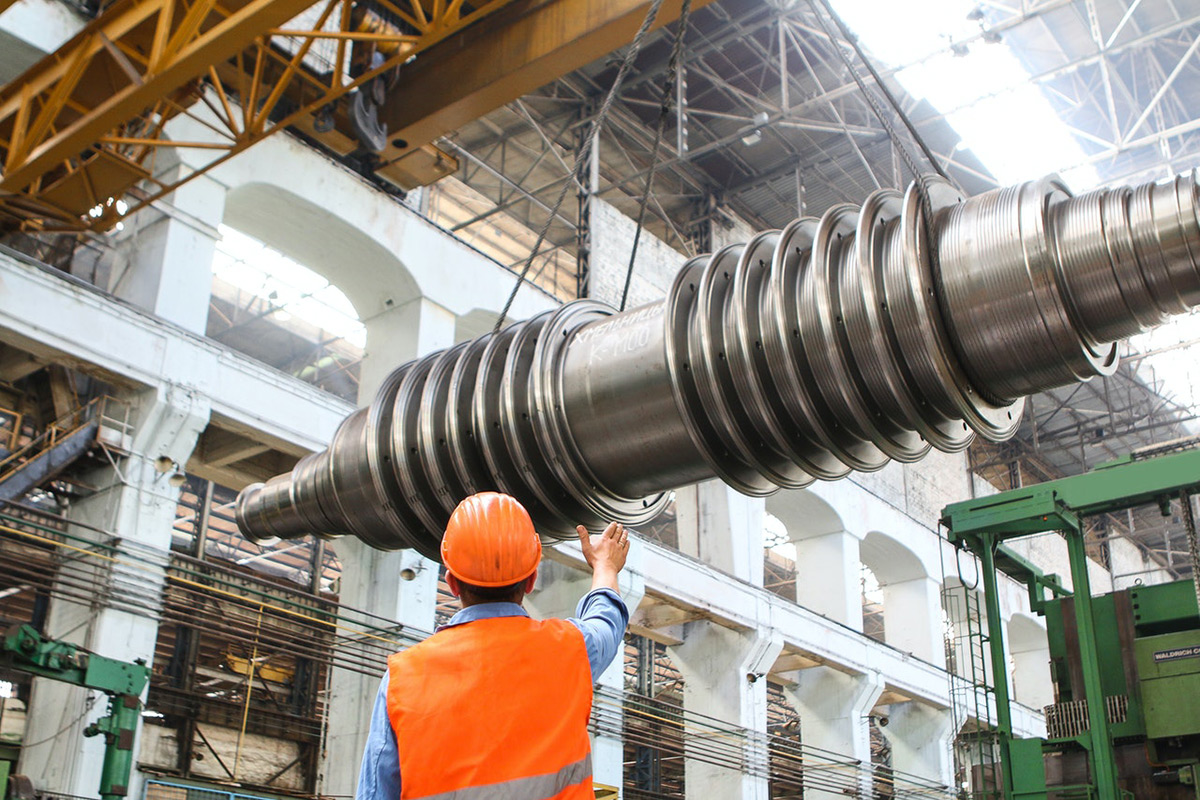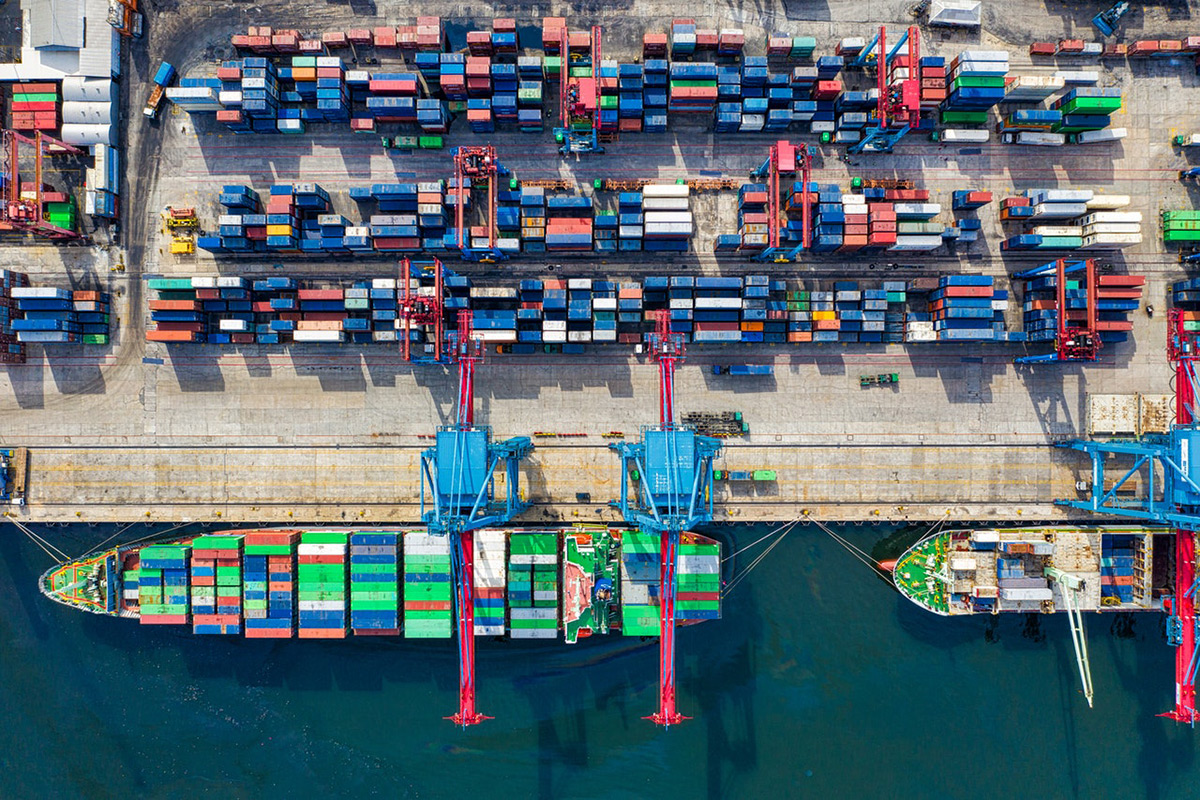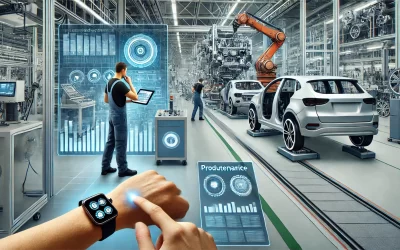
Despite all of the challenges the manufacturing industry faces because of tariffs, political reforms, and more, the outlook is optimistic. In 2022, the sector expects to see revenue growth of 2.1%, and the manufacturing industry is projected to bring in US$7,958,200m this year.
That’s a great forecast for the industry, but even those companies enjoying the growth will continue to face challenges in the years ahead. Keep reading to learn about the biggest challenges manufacturers will face and our insights into some potential solutions.
Related: Destec Solutions for the Manufacturing Industry
Labor Shortages
Even if manufacturers can navigate through supply chain disruptions to get the raw materials they need, they still likely don’t have the skilled workers to build their products. Now more than ever, the competition for skilled workers in the manufacturing industry is fierce.
Since the pandemic started, shift work dropped by over 13%, and more than half of manufacturers in the US stated that it was becoming a challenge to find qualified candidates.
One reason that recruiting young workers in the manufacturing industry is tough is due to the negative perception of the jobs. For work on the production floor, many potential recruits have visions of hot, dirty, and challenging working conditions. Offering a positive culture and providing competitive benefits and pay can help companies address this issue.
Understanding the need to change industry perceptions to attract new workers, many manufacturers are beginning to update their old facilities or construct new ones. Clean working environments with climate control, comfortable amenities, and technology available to reduce physical strain on workers is crucial for attracting and retaining the best labor.
Worker Safety

Manufacturers know the importance of protecting their workers from potential health risks in environments that can be dangerous. Meeting OSHA requirements and ensuring physical safety from things like trip and fall hazards continue to be a top priority. However, now realizing that an outbreak of an illness can threaten limited workforces and stop production, many employers are now equally concerned with minimizing the risks of infection.
They do this by improving air quality and their facilities by upgrading their HVAC systems. Modern systems with sufficient airflow and high-end filters are one way that manufacturers are supporting a healthy work environment in the office and on the production floor. Manufacturers are also increasing their storage capacities for PPE and considering redesigning or adding to their facilities to support future growth and social distancing initiatives.
We also need to consider changing the corporate office design, like reconfiguring workstations, adding touch-free features, and upgrading surfaces to ones with antimicrobial finishes. Improving HVAC systems, floor plans, and other features is also helping the construction industry through its challenges, making it a win-win for both sectors.
Capacity Constraints
Throughout the pandemic, the industry saw supply chain disruptions that prompted a call for more products made in the USA. This demand led to a significant increase in production capacity. With that increase, capital expenditures are on the rise, and many of those funds are going towards alleviating capacity constraints.
One trend we are seeing is demand for more space on the production floor by reducing office spaces, particularly as much administrative personnel can perform their duties from home. And many organizations are remodeling, reorganizing floor plans, and investing in tech-friendly furnishings to accommodate emerging technologies.
Because the manufacturing industry expects to see continued growth, many companies are looking to build new facilities or expand their existing ones as part of their long-range planning. Either way, it looks like consolidating office space to convert it into additional production space is how many organizations are handling the challenge of capacity constraints.
Related: 10 Ways to Improve Hospitality
Supply Chain Disruptions

We’ve mentioned supply chain disruptions a couple of times now, and for the foreseeable future, it looks to be one of the biggest challenges impacting the manufacturing industry. With inventories remaining low, production is down. The shortage of semiconductors from offshore producers has put a strain on even the biggest manufacturers in the US.
And domestic production is struggling, too. For example, we’ve seen bottlenecks in electrical equipment, construction supplies, and food production. Add to that the lumber shortage and high demands for steel, and you get manufacturers and construction industry professionals putting the pause on many projects.
The current real-time manufacturing mindset combined with limited inventories exposes many vulnerabilities in the industry’s supply chains. Companies with sufficient capital are increasing the demand for warehouse space by considering stocking up on inventories rather than having their materials shipped on an as-needed basis.
Emerging Technologies
If the manufacturing labor shortage brought anything good with it, it’s that manufacturers are investing in more emerging technologies to combat the shortage. While robotics is nothing new in manufacturing, we’ve seen a renewed interest and investing even more in these technologies.
Plus, the pandemic heightened the need for IoT technology to enable manufacturers to compete in a business environment that’s putting digital-first. With the number of connected devices growing and rapid technological advancements also comes the need for better cybersecurity.
Many manufacturers still rely on legacy systems, but others are adopting new technologies. And both pose a risk: maintaining security like multi-factor authentication, firewalls, 24/7 monitoring, facial recognition software, etc., is even more crucial in today’s digital landscape. Manufacturing organizations are also updating their server rooms to be more secure and efficient as a step to further protect their sensitive equipment.
However, the greatest protection comes from educating employees on how to recognize and avoid security risks.
Related: Top Challenges Facing Retailers in 2022
Improve Your Manufacturing Processes With Smart Call

Smart Call is an easy-to-use solution to communication in the manufacturing industry. We know that downtime comes at a high price, and quick response on the production line is crucial. Smart Call is a wireless paging system designed to face these challenges and help you quickly handle any issues that occur in your busy production line.
Are you a manufacturing plant manager looking to improve your product line communication? Hop on a discovery call or book your free demo and see how we can help increase your revenue, performance, and processes by improving communication on the production floor.



